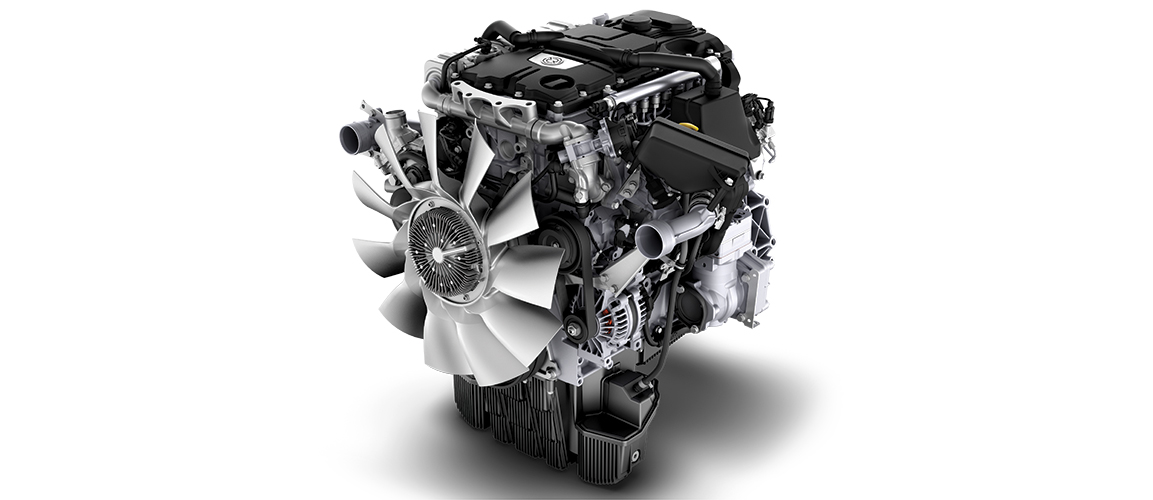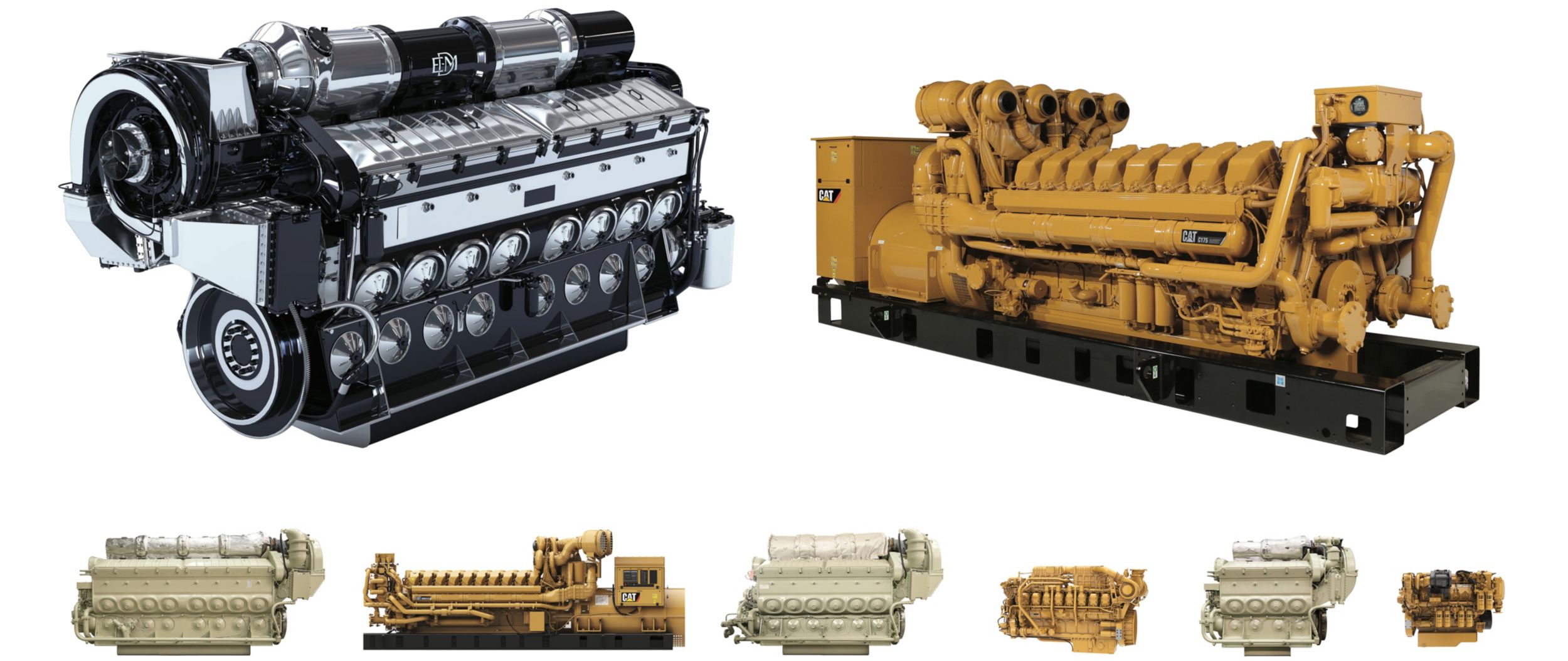Engines for Africa at Competitive Rates: Your Preferred Vehicle Components Shop
The Pursuit for Ultimate Driving Power: Checking Out the Pinnacle of Engine Efficiency and Technological Innovations in the Automotive Market
In the realm of automotive engineering, the pursuit of optimum driving power has been a relentless quest that has actually unfolded through the advancement of engine style and the assimilation of innovative innovations. From the precise craftsmanship of burning engines to the rapid advancements in electric propulsion systems, the automobile industry stands at the cusp of a new age defined by unprecedented efficiency abilities. As scientists and designers dive much deeper into the worlds of computational fluid dynamics and explore cutting-edge gas modern technologies, the horizon of opportunities expands significantly. Remain tuned as we unwind the elaborate tapestry of technical advancements that are forming the future of vehicle power and performance.
Evolution of Engine Style

Furthermore, the assimilation of turbocharging and turbo charging innovations has changed engine style by boosting power without significantly boosting engine size. These forced induction systems press the consumption air, permitting even more fuel to be ignited, thereby producing greater power output from a smaller engine. This innovation has been particularly important in improving the efficiency of smaller sized variation engines while maintaining fuel effectiveness criteria.

Performance-Enhancing Gas Technologies
The implementation of sophisticated gas technologies has considerably contributed to enhancing engine performance in modern-day lorries. From traditional fuel and diesel to cutting-edge biofuels, artificial fuels, and hydrogen, the automobile market is observing a transformation in fuel choices. Biofuels, obtained from sustainable sources like sugarcane, corn, or algae, offer boosted and reduced discharges engine performance. Synthetic fuels, created via chemical procedures, provide high octane ratings, improving power outcome. Hydrogen fuel cells, although still in the onset of fostering, show great guarantee due to their zero-emission nature and possibility for high efficiency. Additionally, gas ingredients and detergents are being created to clean engine components, maximize burning, and lower friction, thereby enhancing overall vehicle efficiency. With ongoing r & d, the pursuit for the best driving power proceeds, as designers aim to unlock the full potential of performance-enhancing fuel technologies in the auto sector.
Innovations in Electric Propulsion
Significant strides in electric propulsion technology have reinvented the auto industry, paving the way for a new age of sustainable and reliable transportation. Electric lorries (EVs) are acquiring appeal as a result of their environmental benefits and improvements in battery technology, allowing longer driving varieties and much shorter charging times. Suppliers are investing greatly in r & d to boost the performance of electric propulsion systems, concentrating on raising power outcome, boosting energy efficiency, and decreasing total weight.
One significant innovation in electrical propulsion is the development of advanced electrical motors that supply higher torque and power density, causing boosted velocity and general driving performance. Additionally, regenerative stopping systems have been refined to my link capture and save power throughout deceleration, further increasing the performance of EVs.
In addition, the combination of smart modern technologies, such as man-made intelligence and anticipating analytics, is enhancing the management of electrical propulsion systems, guaranteeing optimal efficiency under various driving conditions. These innovations in electric propulsion are improving the auto landscape, driving the market towards an extra sustainable and energized future.
Impact of Computational Liquid Dynamics
With advancements in electrical propulsion pushing the borders of vehicle technology, the combination of Computational Liquid Dynamics is playing an essential duty in enhancing wind resistant performance and improving total efficiency in automobile layout. Computational Fluid Dynamics (CFD) includes the usage of computer simulations to examine the flow of air around a vehicle, allowing designers to forecast how style adjustments will certainly impact aerodynamics without the requirement for pricey physical models. By accurately modeling air flow patterns, CFD permits the improvement of lorry shapes to decrease drag, boost air conditioning, and enhance stability.
CFD makes it possible for engineers to enhance air movement around parts such as radiators, engine bays, and wheel wells, contributing to enhanced performance and general driving experience. In conclusion, the assimilation of Computational Fluid Dynamics represents a substantial action visit this site right here forward in the quest for best driving power and effectiveness in the automobile industry.
Future Fads in Engine Advancement
In the dynamic landscape of automotive design, advanced developments are shaping the future trajectory of engine advancement. The future of engine layout is noted by a strong emphasis on sustainability, efficiency, and effectiveness. Producers are increasingly concentrating on developing engines that not just deliver high power results but also focus on environmental obligation by lowering exhausts and boosting gas performance.
One famous fad in engine technology is the increase of electrification. Crossbreed and electrical powertrains are getting traction as feasible choices to conventional combustion engines. These modern technologies provide the capacity for substantial decreases in carbon discharges and boosted power performance, aligning with global efforts to fight environment adjustment.
Moreover, improvements in products science and production methods are allowing the manufacturing of lighter and a lot more resilient engine components. This change in the direction of lightweight products such as carbon fiber and aluminum alloys adds to improved efficiency and gas economic situation.
Verdict
In verdict, the quest of supreme driving power in the automotive field remains to drive innovations in engine style, fuel technologies, electrical propulsion, and computational liquid dynamics. The development of these modern technologies is forming the future of engine advancement, leading the way for more efficient and effective lorries (engines for africa). As the sector remains to press the borders of what is feasible, we can expect to see even a lot more innovative growths in go to the website the pursuit for peak performance
One of the crucial turning points in engine style development is the shift from conventional carbureted engines to modern fuel-injected systems. By specifically metering the gas shipment to each cylinder, fuel-injected engines optimize burning, resulting in far better efficiency and minimized ecological effect.
Moreover, the assimilation of turbocharging and supercharging innovations has transformed engine style by boosting power without significantly increasing engine size (engines for africa).The application of sophisticated fuel technologies has substantially contributed to boosting engine efficiency in contemporary automobiles. Furthermore, fuel ingredients and cleaning agents are being created to clean engine elements, enhance burning, and lower rubbing, thus boosting general automobile performance